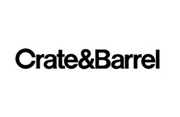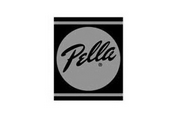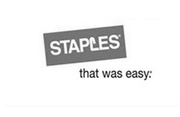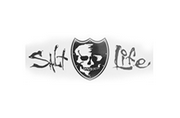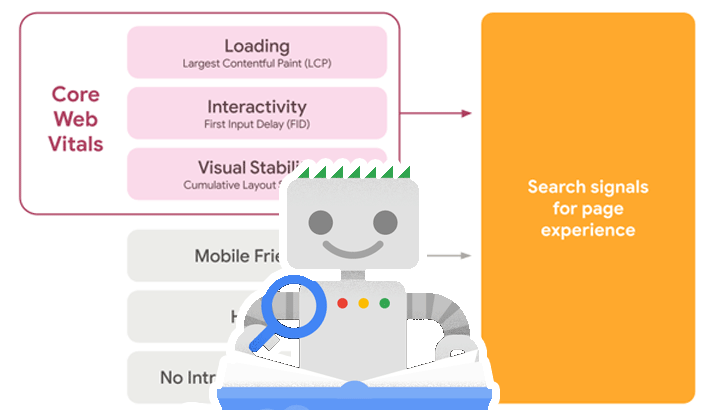
Google's Core Web Vitals, is it a ranking factor?
The page experience is a collection of signals (LCP, FID, CLS) that assesses how people gauge their interaction with a web page beyond its fundamental value of the information and content. The Core Web Vitals are included in addition to Mobile-Friendliness, Safe Browsing, HTTPS Security, and Google’s Intrusive Interstitial Guidelines ( any hindrance to a user’s content accessibility), which are all current search signals.
NOTE: Core Web Vitals update is only for mobile search and might be expanded to Desktop Search soon.
Quick Review of Core Web Vitals
Google defines it as “Core Web Vitals report shows how your pages perform, based on real-world usage data.”
LCP (largest contentful paint): The amount of time to render the most significant content element visible in the viewport from when the user requests the URL.
LCP (aggregated LCP) shown in the report is the time it takes for 75% of the visits to a URL in the group to reach the LCP state.
FID (first input delay): The time from when a user first interacts with your page (when they clicked a link, tapped on a button, and so on) to the time when the browser responds to that interaction.
Agg. FID (aggregated FID) shown in the report means that 75% of visits to a URL in this group had this value or better.
CLS (Cumulative Layout Shift): CLS measures the total of all individual layout shift scores for every unexpected layout shift that occurs during the entire lifespan of the page.
Agg. CLS (aggregated CLS) shown in the report is the lowest common CLS for 75% of visits to a URL in the group.
Is Core Web Vitals a ranking factor?
Google rolled out Core Web Vitals in June 2021, with completion around September of 2021. They gave site owners plenty of time to fix and make changes to sites with poor scores. The expectation was that Google would drop sites based on poor metrics, and sites with good scores would increase in rankings. Upon further examination, Google is still prioritizing sites with the best content, and content is still king. Meaning that high-quality content is still the prioritized ranking factor while Core Web Vitals is just another piece of the puzzle towards better rankings. However, if two sites have similar content and value, the winner in the SERPs will be the site with the better Core Web Vitals scores. Good Core Web Vital scores could be the difference-maker in outranking your competitors.
John Mueller stated that once you have achieved a good score, you should see some improvements to rank, and there is no need to fine-tune your site down the fastest millisecond for continued improvement. Good news for smaller businesses that don’t have a dedicated webmaster or developer on staff to make changes. Most of the problems creating low scores could be corrected with the help of an outside agency and should be fine once fixed.
In the end, visitors to your site should be able to get there quickly, easily, and without waiting for your site to load on mobile. Making your site more valuable while attracting more visitors equals more chances to convert—a WIN-WIN for you.

